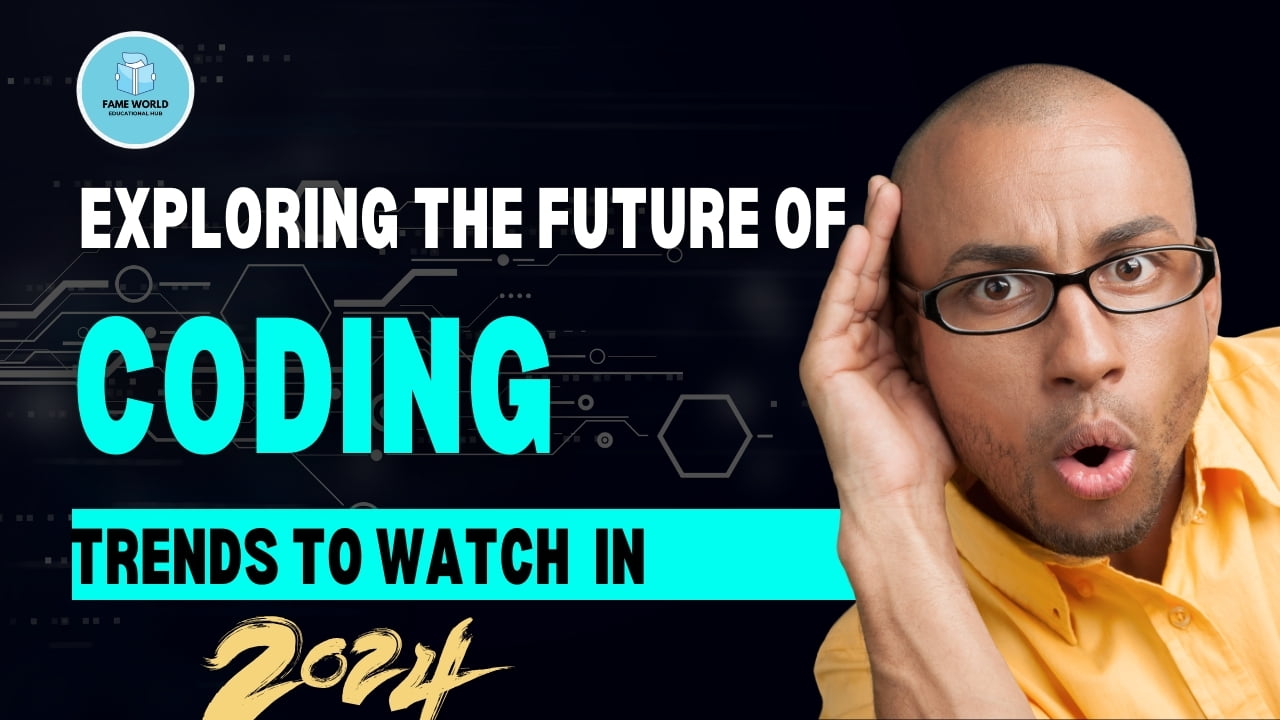The world of coding is in constant evolution, with new technologies and methodologies reshaping how developers create software. As we move further into 2024, several emerging trends are set to redefine the landscape of programming and software development. In this blog post, we’ll explore these trends in detail, examining their implications for developers and the industry as a whole.
1. Artificial Intelligence and Machine Learning Integration
a. Increased Automation and Efficiency
Artificial Intelligence (AI) and Machine Learning (ML) continue to advance, providing developers with tools that automate routine tasks, optimize code, and enhance software performance. In 2024, AI-driven coding assistants and code completion tools will become more sophisticated, helping developers write and debug code faster and with greater accuracy.
b. Enhanced Predictive Analytics
Machine learning models will increasingly be used to predict potential issues in code and recommend improvements. These tools can analyze vast amounts of data from previous projects to identify patterns and suggest best practices, leading to more reliable and efficient software development.
c. AI-Powered Code Generation
AI-powered code generation tools, such as GitHub Copilot, will become more prevalent. These tools use natural language processing (NLP) to understand developers’ intentions and generate code snippets, making coding more accessible and reducing the time needed to build complex applications.
2. Rise of Quantum Computing
a. New Programming Paradigms
Quantum computing is gradually moving from theoretical research to practical applications. In 2024, developers will start experimenting with quantum programming languages like Qiskit and Cirq. This will require a shift in how we approach problem-solving, as quantum computers leverage quantum bits (qubits) to process information in ways classical computers cannot.
b. Impact on Cryptography and Security
Quantum computing has the potential to break traditional cryptographic algorithms. As a result, developers will need to explore quantum-resistant encryption methods to ensure data security in the post-quantum era. This will drive innovation in cryptographic research and development.
3. Serverless Architecture and Edge Computing
a. Serverless Computing
Serverless architecture allows developers to build and run applications without managing infrastructure. In 2024, the adoption of serverless computing will continue to grow, enabling developers to focus on writing code while cloud providers handle scaling, maintenance, and resource management. This trend will reduce operational overhead and streamline development processes.
b. Edge Computing
Edge computing involves processing data closer to where it is generated, reducing latency and bandwidth usage. As IoT devices proliferate, developers will need to build applications that can efficiently handle data processing at the edge. This will require new approaches to data management and application design.
4. Blockchain Beyond Cryptocurrency
a. Decentralized Applications (DApps)
Blockchain technology is finding applications beyond cryptocurrency, with decentralized applications (DApps) gaining traction. In 2024, developers will explore new use cases for blockchain, such as supply chain management, identity verification, and decentralized finance (DeFi). Building secure and scalable DApps will be a key focus for developers.
b. Smart Contracts and Automation
Smart contracts are self-executing contracts with the terms directly written into code. These contracts will become more sophisticated, enabling automated transactions and business processes. Developers will need to understand the nuances of smart contract development and integration.
5. Advancements in Programming Languages and Frameworks
a. Evolution of JavaScript and TypeScript
JavaScript continues to be a dominant language in web development, with frameworks like React, Angular, and Vue.js evolving to meet new demands. TypeScript, a statically typed superset of JavaScript, will gain further adoption as developers seek to improve code quality and maintainability.
b. Rise of New Languages
New programming languages, such as Rust and Julia, are gaining popularity for their performance and safety features. Rust is known for its memory safety and concurrency capabilities, while Julia is favored for its high-performance numerical computing. Developers will explore these languages for specialized applications.
6. Enhanced Developer Tools and Environments
a. Integrated Development Environments (IDEs)
IDEs will become more intelligent and feature-rich, incorporating AI-driven code suggestions, real-time collaboration, and advanced debugging tools. These enhancements will improve the coding experience and productivity.
b. DevOps and Continuous Integration/Continuous Deployment (CI/CD)
DevOps practices and CI/CD pipelines will continue to evolve, enabling more efficient software development and deployment processes. Automation tools will streamline testing, integration, and deployment, reducing time-to-market and improving software quality.
7. Focus on Developer Well-Being and Productivity
a. Remote and Hybrid Work
The COVID-19 pandemic accelerated the shift to remote and hybrid work models. In 2024, organizations will continue to invest in tools and practices that support remote collaboration, ensuring that developers can work efficiently from anywhere.
b. Mental Health and Work-Life Balance
As the tech industry becomes more aware of the importance of mental health, there will be increased emphasis on work-life balance and mental well-being. Companies will implement policies and practices that promote a healthy work environment and support developers’ overall well-being.
Conclusion
The future of coding in 2024 is marked by rapid technological advancements and evolving industry trends. From AI and quantum computing to serverless architecture and blockchain, developers will need to adapt and innovate to stay at the forefront of these changes. By embracing these trends and staying informed about emerging technologies, developers can shape the future of software development and contribute to building the next generation of cutting-edge applications.



